Column
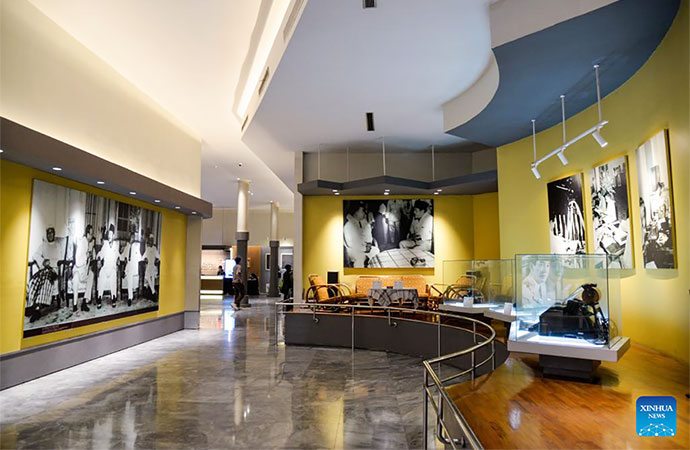
This photo taken on April 23, 2025 shows an interior view of Asian-African Conference Museum in Bandung, Indonesia. In April 1955, a landmark conference in Indonesia's city of Bandung gathered 29 Asian and African nations under the flag of solidarity, friendship and cooperation, marking the awakening of the part of the world later known as the Global South. Seventy years on, the Bandung Spirit lives on and is being carried forward. Today, making up over 40 percent of the world's economy and 80 percent of global growth, the Global South has become a vital driving force for world peace, development and governance. Photo: Xinhua
Seven decades have passed since that seminal moment in Third World history when, in April 1955, the leaders of 29 countries gathered in the Indonesian city of Bandung to carve out the contours of a Non-Aligned identity during the global Manichean binaries produced by the Cold War between the United States and the Soviet Union. Led by India and Indonesia, the participating nations, all of them from Asia or Africa, and many of them newly decolonised and others about to win freedom, sought to give the developing, or Third World, an agency of its own that would not be held hostage by either the capitalist First World or the communist Second World.
The Non-Aligned Movement (NAM) that grew out of the Bandung conference lived up to its name on the whole although its internal workings were tested and its external image was distorted by some of its members being too pro-America and by others being too pro-Soviet Union in the actual conduct of their diplomatic affairs. For example, India under the Congress could hardly be accused of being anti-Moscow and Indonesia (since the advent of President Suharto) of being anti-Washington. When the chips were down, Non-Alignment took a back seat. However, since ideological posturing is an integral element of diplomatic practice, Non-Alignment helped to define the overall political profile of the Third World. Bandung deserves its moment in post-colonial history.
Can NAM be rejuvenated in the context of the Second Cold War underway between the United States and China? Yes and No. Yes because, just as in the 1950s, the 2020s have become a time for almost existential choice for nations which do not wish to belong to either camp. Even before the Trump ascendancy, it was clear that Washington wanted countries to be on its side against the threat that a status quo US faced from a revisionist China. The second Trump presidency, with its tariff war against friends and foes alike and its dismissal of the obligations of global strategic leadership, still wants countries to subscribe to an America First-centric global order. China, which (unlike the Soviet Union that lost Cold War 1.0) may well win Cold War 2.0, is busy building up its own informal alliance system through the Belt and Road Initiative and the Asian Infrastructure Investment Bank. China wants other nations to abjure their strategic American affiliations and join the Chinese camp.
Most countries do not want to make this choice. They are bewildered by the tilting at the windmills that appears to constitute an increasingly quixotic American foreign policy; but they are not enamoured either of an authoritarian China where political change is measured in centuries and not election cycles. Most countries - today's Third World caught between the American First World and the Chinese Second World - want to find their own way into the future. That future does not have to be exclusively American or Chinese.
Thus, a renewed NAM would be a good idea. But that does not mean it is going to come about.
A Different World
NAM would be impossible to recreate on its original premises today because of the world has changed ideologically. In the 1950s, the main choice was between (democratic) capitalism and (autocratic) communism. NAM offered a solution: democratic socialism. It was a middle-of-the-way political economy constituted by electoral democracy without unbridled capitalism. The broadly socialist parameters - also called the mixed economy - within which Non-Aligned nations worked suited their circumstances. Most had won their independence through constitutional and not revolutionary means (which is what Russia had done), but most did not wish to be associated either with the Western imperial tradition from within America had emerged. NAM was largely the ideology of the Third World trying to keep its ideological distance from both Western imperialism and Marxist internationalism.
That age is gone today. Now, the struggle for global supremacy is being waged within capitalism. As things stand, there is no difference between the US and China in economic terms, and most countries in the world are capitalist in any case. There is not any possibility of being non-aligned ideologically. The only choice is between the democratic and authoritarian versions of capitalism, and even that distance is being infringed on by the increasingly authoritarian tendencies of politics in the US.
Hence, the either-or choice of Cold War 1.0 is gone. Cold War 2.0 is a nicer affair: Countries can switch sides between great powers in a way that would have been very difficult seven decades ago.
Today, to be non-aligned would therefore mean trying to preserve the autonomy of choice, no less but no more. Countries could support the US on certain issues and China on others. Even in a US-China war, countries could play a waiting game to see which side is likely to win. They would not have to ally themselves with either side in advance.
That said, Bandung 1955 is a reminder that the Third World keeps seeking agency in 2025. The Third World has done so, it is doing so, and it will do so.
Enayetullah Khan is Editor-in-Chief, United News of Bangladesh (UNB) and Dhaka Courier.










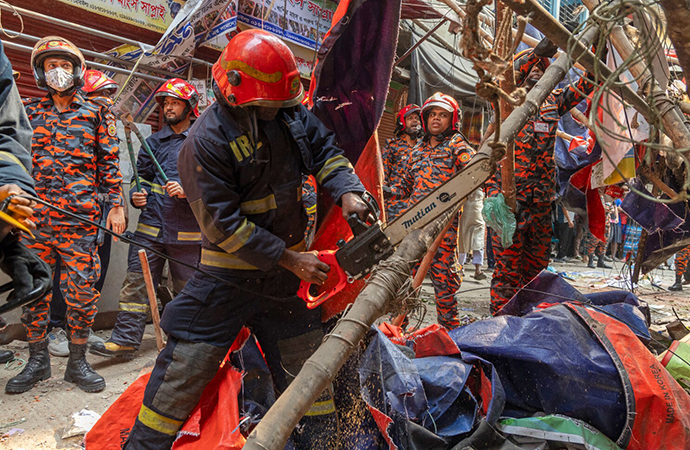
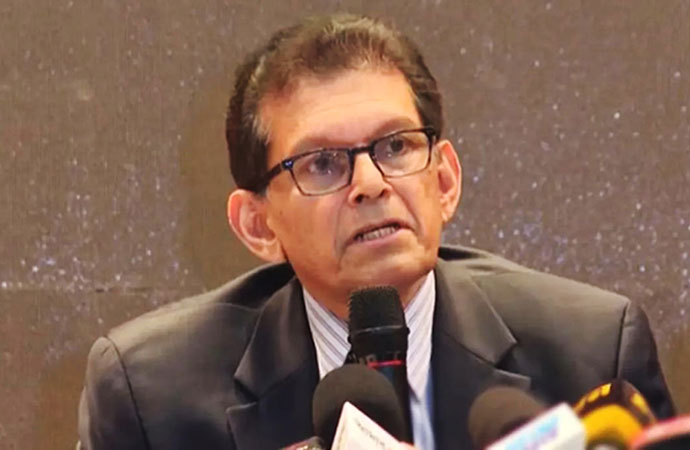
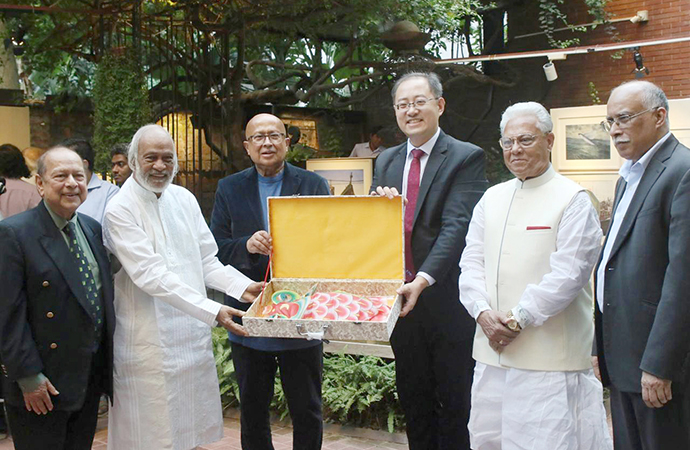
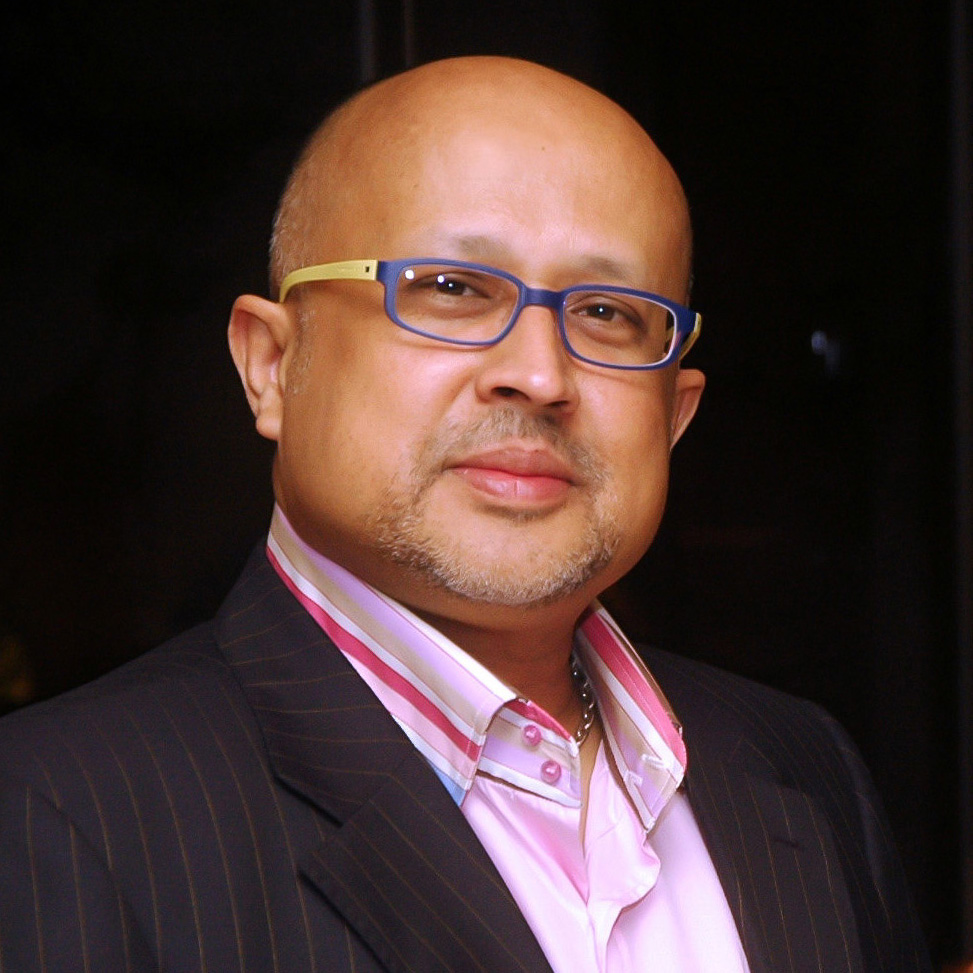
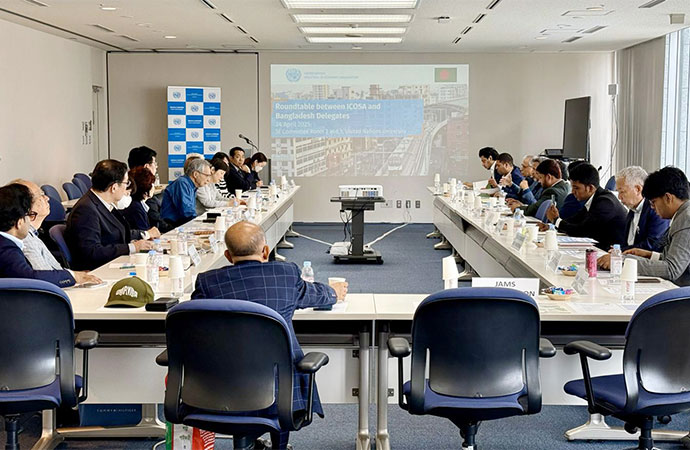

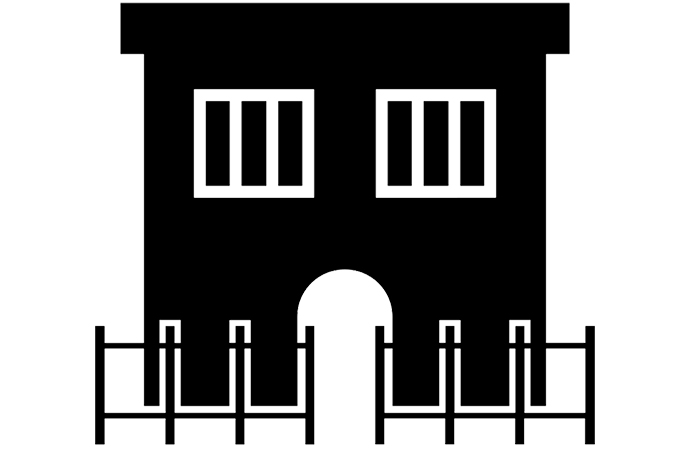

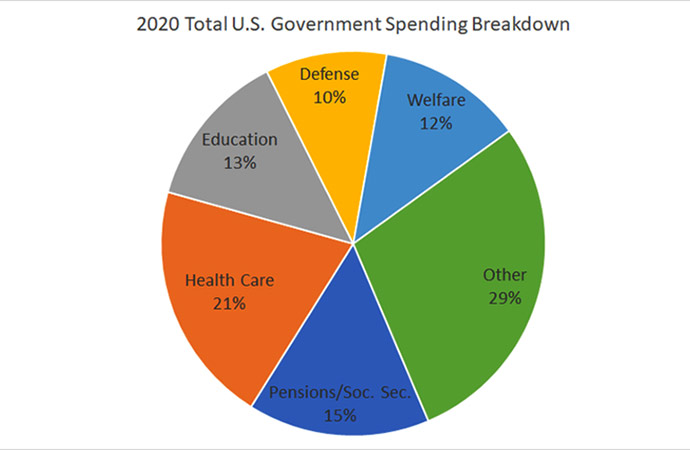
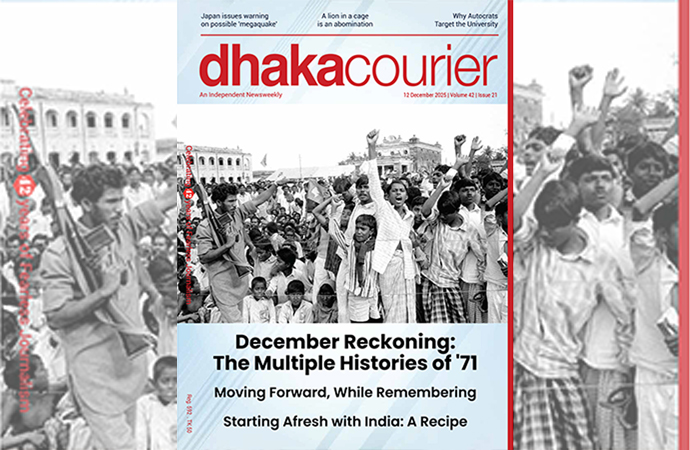
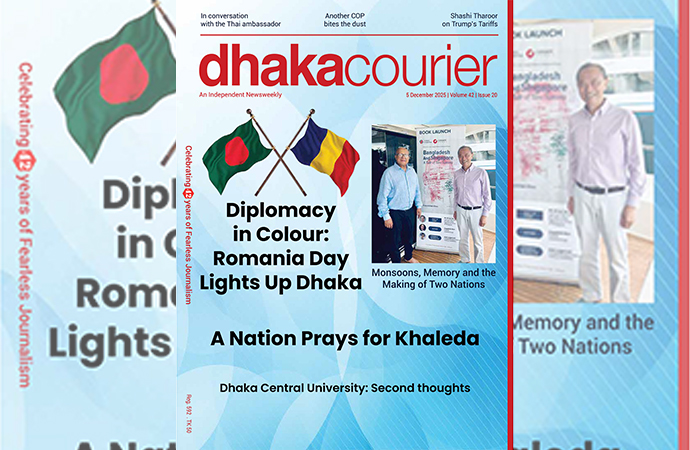
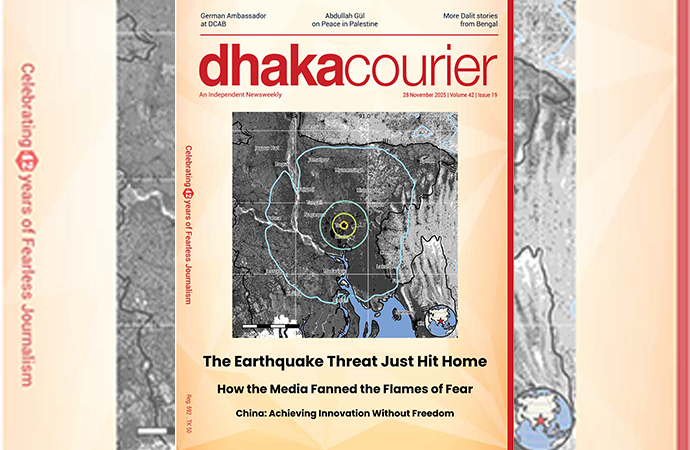
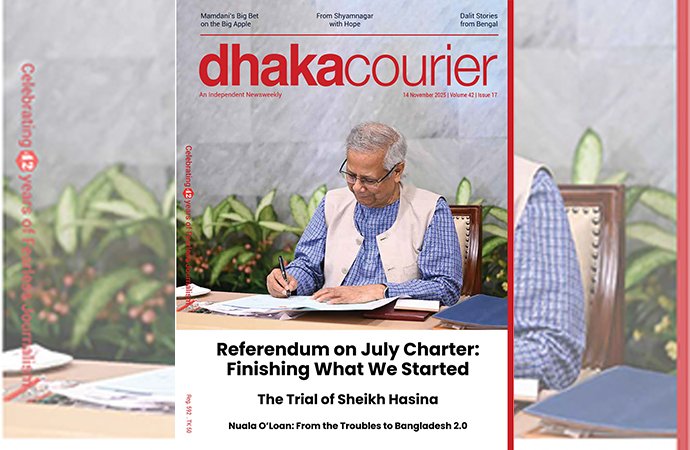
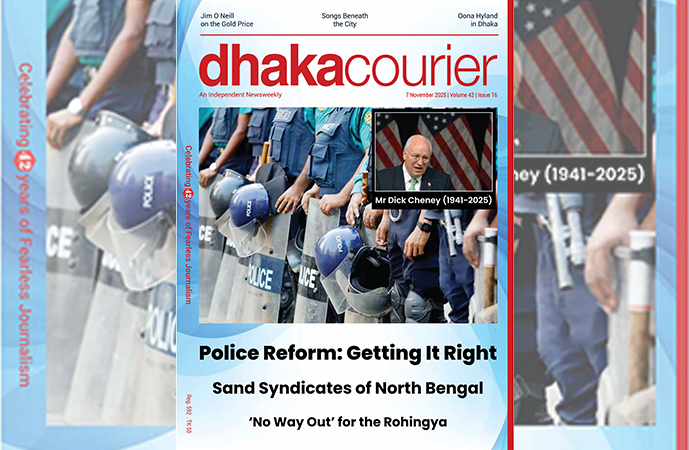
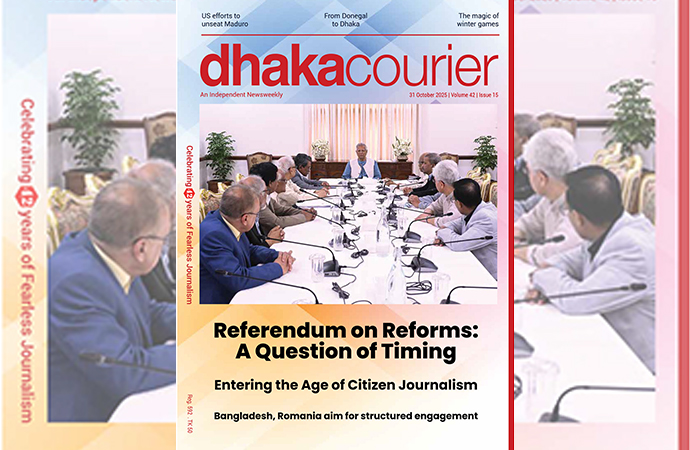
Leave a Comment
Recent Posts
Right On Schedule
The most eagerly anticipated, and frankly hyped up, announcement of an ...
Fighting raged along the borde ...
Fighting raged along the border of Cambodia and Thailand, with explosi ...
ICIMOD drives regional cooperation to inspire new mo ..
The Cage of Captivity and the Cry for Freedom: A Cru ..
Why Japan issued an advisory for a possible megaquak ..
The Autocrats’ War on Universities